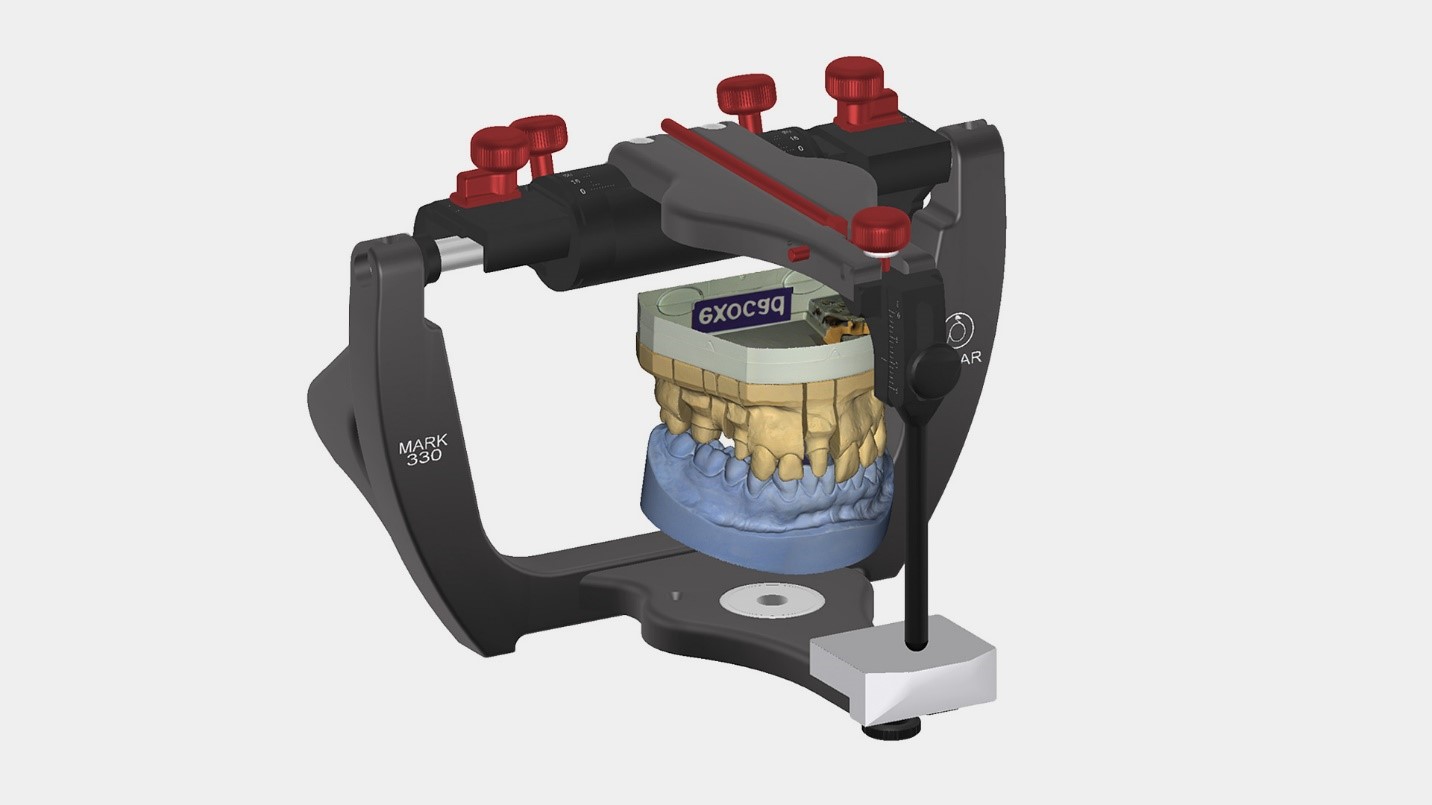With the heavy push for digital dentistry and all things virtual, I have been asked to address the question “Are Articulators Still the Gold Standard in Dentistry”? First of all, digital manufacturing hasn’t reached every corner of the universe….yet. Not all labs or dental offices are ready nor equipped with digital know-how. With each new update in software, we get new and exciting capabilities for both the technician and dentist to use. With advice and shared knowledge of the profession with some close friends, I would like to share some of our opinions on this topic.
I believe we have to understand where the profession is currently before we can answer the question accurately. It is a given fact that most general dentists are currently not convinced that articulators are necessary, nor are they knowledgeable as to when and how they should be applied. Much of what dentists learned in dental school (laboratory-based decision making) is relegated to lab technicians.
In many dental laboratories there is already a move to replace the analog articulator with virtual articulation when fabricating simple dental restorations. Of course, the obvious question is, “When will analog articulators be supplanted by virtual articulation in the fabrication of complex dental restorations?”
Who will drive this change to digital? We already see prosthodontists making the jump to digital articulation sooner than the profession as a whole. The profession still needs substantial, well-designed, independent, and unbiased research on the accuracy, precision, and efficacy of virtual articulation to make the transition evidence-based, meaningful, and legitimate. Additionally, convenient inter-occlusal, facebow, and eccentric jaw-relationship records for meaningful virtual articulation are still needed. Research in this area, with the development of new instrumentation, is a must.
As we move into the future of dental appliance fabrication, then I believe digital manufacturing, to a larger extent, will have a much more prominent impact on how these products are manufactured.
This change, as it is currently happening, is already taking place in dental training for both dentist and laboratory technicians all across the country. I have seen where many dental institutions have reduced the number of cases that require an articulator in dental training. Some institutions don’t require a student to purchase an instrument which, in my opinion, places less significance on their importance. There are schools that are trying to build a curriculum that incorporates digital learning as the new paradigm, which will also trigger a reduction of articulator usage.
Younger dentists and lab personnel will likely favor the virtual approach, while older individuals will struggle. That’s not to say that younger individuals will get it right; simply that they will migrate to almost anything digital that they can get their hands on. This is the push in dental education.
Time pressures in undergraduate dental education continue to limit the amount of laboratory instruction in modern curriculums. They are working hard to prepare newly graduating dentists for their upcoming careers, which will likely see the demise of physical mountings and conventional articulation. However, at present, we are at a crossroads, as today’s students need both conventional and virtual.
Dental laboratory training is also trying to catch up with the real world as to how the industry is adapting to digital concepts for manufacturing prosthodontic appliances. The incorporation of digital technology has also brought about many new forms of appliance fabrication without the use of an articulator in hand.
A large percentage of laboratories are considering going all digital. Much of the work that was heavily dependent on analog processes is now being converted to digital. Patient models that used to be poured up and mounted on articulators using gypsum materials are now printed. Crowns and bridges and denture setups that used to be done at the bench are now completed using digital software. More and more cases are being milled and printed over the traditional waxing, burnout and casting process. Are articulators next in line for complete elimination?

At present, all of the current CE courses taught by leading clinicians still recommend the use of articulators for more extensive restorative work being produced in their practices. At this level of training, most dentists are preparing themselves to tackle the more complex cases that present themselves on a daily basis. The use of an articulator is considered an important tool for the manufacturer and delivery of the final restoration.
In my personal opinion, holding an instrument in one’s hand, giving me the feel of movement of one surface over another, feeling the contact between two surfaces, feeling when the articulator comes to a stop on contacting surfaces can’t be replaced by looking at it on a video screen.
However, as we continue to live with virtual 3D in our society and our professional activities, ‘virtual feel” will continue to evolve to the new norm, as our senses and awareness become more attuned to virtual thinking. As dentists and technicians use virtual design and articulation more frequently, they will be less connected to the “older way” of performing their work. Familiarity is a powerful driver in the selection of preferences. This will be further affected by those entering the profession with limited experiences of the “older ways”. So yes, perhaps someday soon virtual simulation along with artificial intelligence will change all of this.
Until then, for the successful manufacture of the more complex dental prosthesis, using an articulator is still the gold standard in dentistry.







Leave a comment